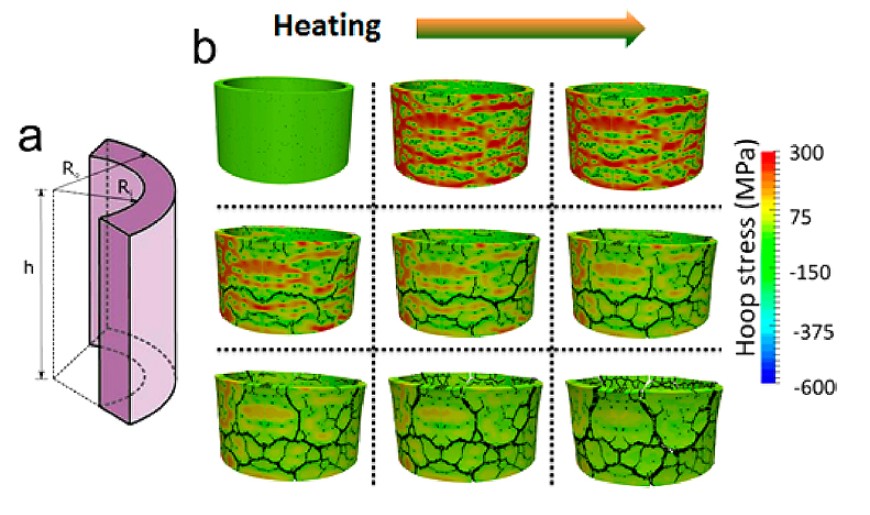Rapid-Heating-Triggered in Situ Solid-State Transformation of Amorphous TiO2 Nanotubes into Well-Defined Anatase Nanocrystals
New Publication in “Crystal Growth & Design”
2018/12/14

Authors: Zhonghui Gao, Ying Zhao, Haifeng Wang, Yun Wang, Lixue Jiang, Yiming Xu, Bai-Xiang Xu, Lirong Zheng, Chuanhong Jin, Porun Liu, Huagui Yang, Huijun Zhao, Xianjin Yang, and Yunhui Huang
Fabrication of nanocrystals from their disordered solid-state precursors represents a new synthetic strategy. Compared to the widely used chemical vapor deposition and wet-chemistry based methods employing gas and liquid phased precursors, the solid-state transformation of disordered solid precursors to highly ordered crystals is a great challenge due to the severely restricted mass transport and inadequate structural directing mechanism. Herein, we report a rapid-heating-triggered in situ solid-state crystal growth method capable of transforming amorphous TiO2 nanotubes into anatase nanocrystals with well-defined facets and uniform sizes within a minute. The results obtained from in situ transmission electron microscopy and three-dimensional phase-field simulation indicate that the basic building blocks are formed through mechanical rupture of an amorphous TiO2 nanotube precursor, followed by an enhanced diffusion and concomitant oriented attachment onto TiO2 crystal nuclei mediated by the fluorine species evolved from the rapid heating. The unique crystal growth demonstrated in this work provides an alternative synthetic means for fabrication of other nanocrystals from solid-state precursors.



